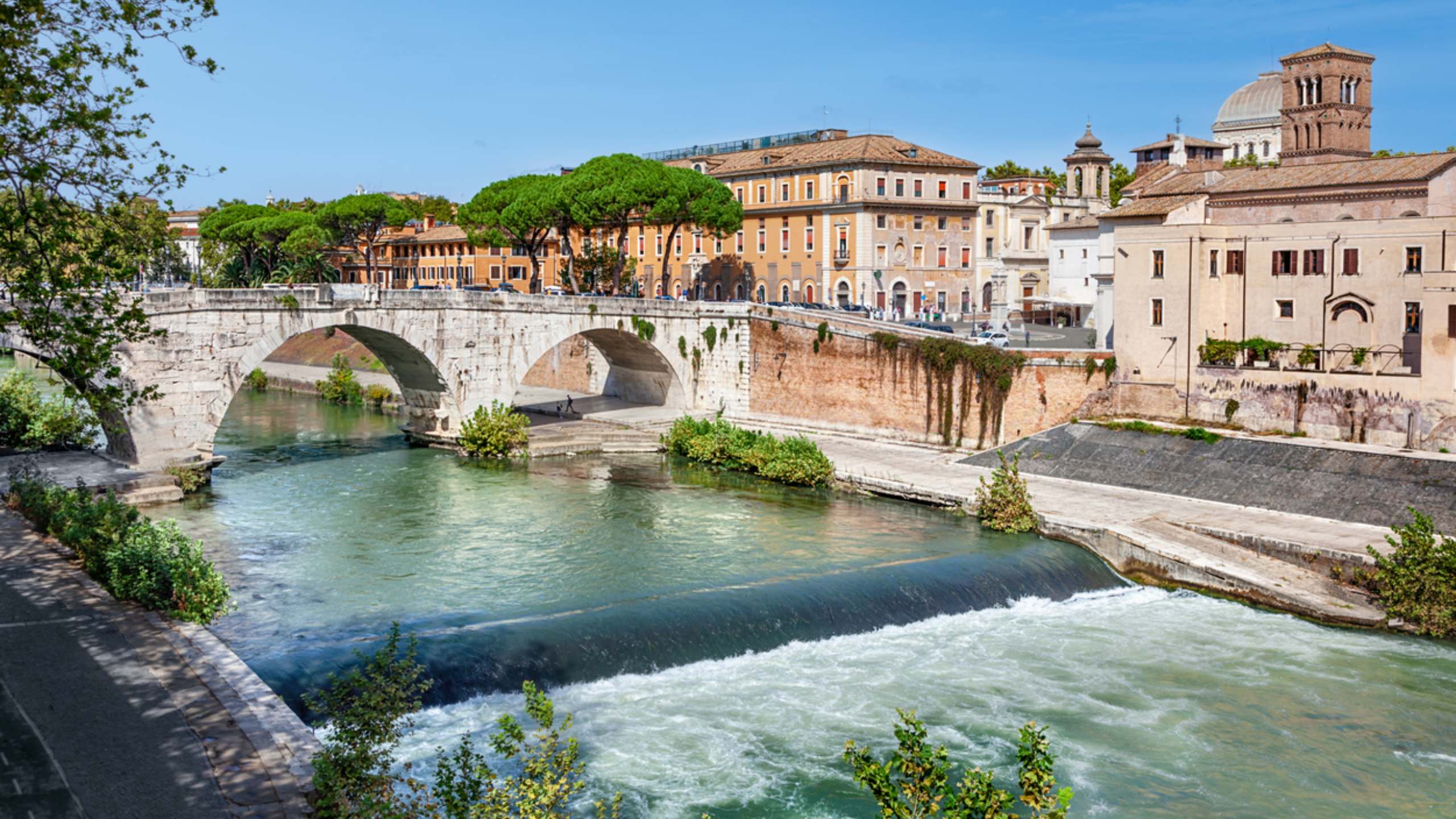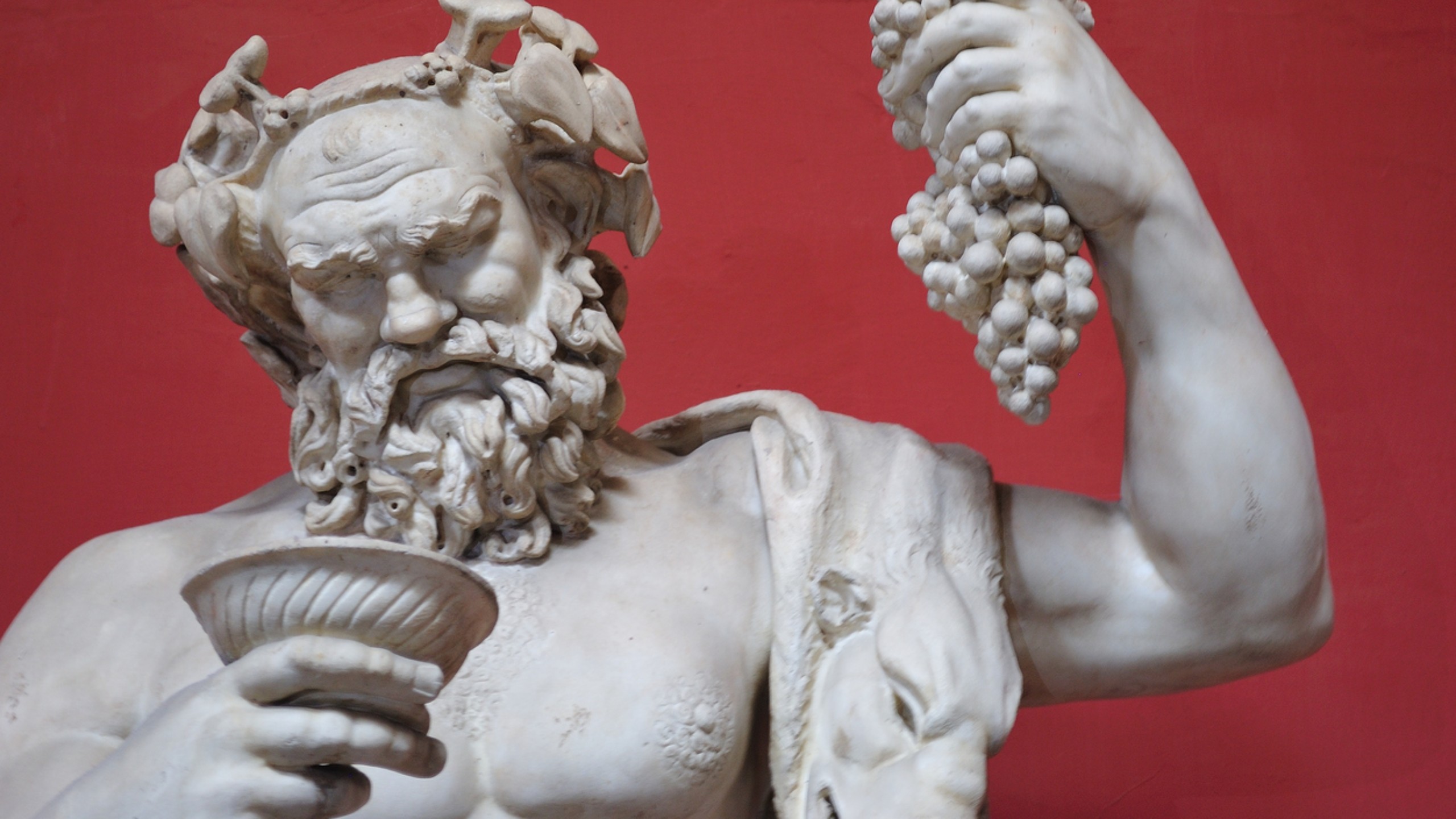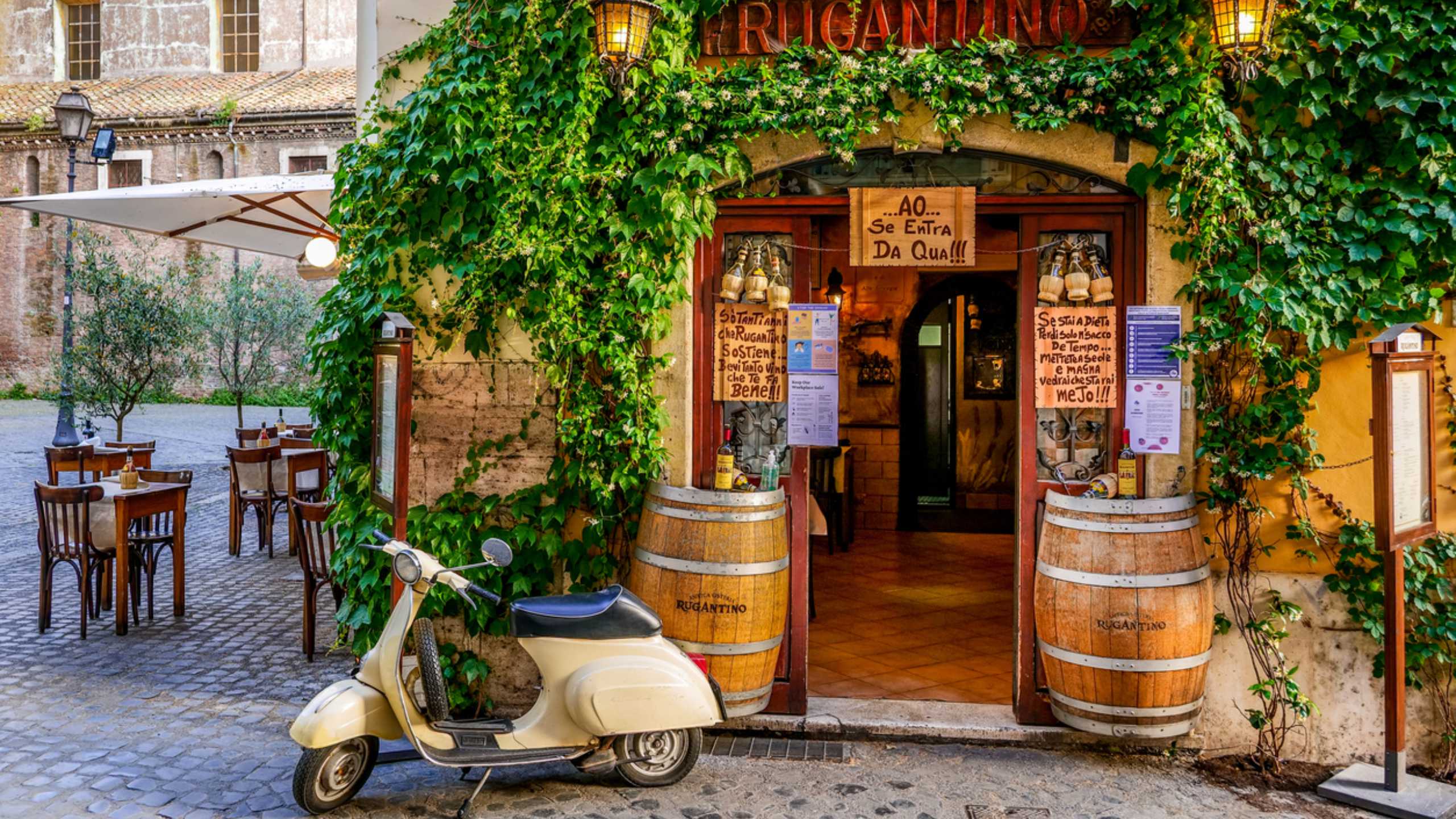Roman Cuisine: Yes, but which one?
Whether from Europe, Asia or America, guests so far of Eitch Borromini or Eitch Belsiana express the desire of getting to know the authentic local gastronomy, in its best expression. In addition to the restaurant of our Art Gallery - ‘Borromini Terrace’ - and its careful selection of some of these dishes, the Historic Center in which we are located is full of trattorias that promise a “Roman cuisine”. How to orient yourself?
Of course: a good clue would be the (robust) presence of Italian customers, families included, already seated or patiently waiting. But, for good measure, here are some things to know.
Cultures, land and creative poverty
The Roman one is an empire, and this means a universe of influences - even in the kitchen. But only one will have enough strength to blend with the local gastronomy: the Jewish one. Arrived at the time of Julius Caesar, when the oldest community in all Europe is born, and in the Renaissance era, with refugees from Spain. The most iconic dishes? The famous Jewish or Giudia-style Artichokes, the Anchovy and escarole Pie, the offals, the dried fruit Cake and - last but not least – the renowned Ricotta and sour cherry Cake.
The cuisine starts from cereals, cheeses, legumes (especially chickpeas), fruits and wild herbes from the Roman countryside – as for instance rocket, mint, bay leaves, rosemary and sage. Meat in its most prized parts is for the rich: for the others, it remains only the so-called “fifth quarter”. That is, pigs’ trotters, oxen tails and sheep or vaccine entrails. Offals, in fact, which will give life to some mind-boggling dishes as the Coratella, the Roman Tripe, the Sweetbreads or the Oxtail Stew. Especially when done well, as tradition asks.
An inland cuisine despite the fact that it soon welcomes fish and shellfish. An intense and vital cuisine, that wants the pizza to be low and crunchy at the edges and that creates joy with very little.
The cornerstones: pasta first courses
Avoiding shirts that are too white or ties that are too nice, and turning the fork calmly and carefully, the Amatriciana. The traditional one, brought to Rome by the inhabitans of Amatrice and immediately adopted by the Eternal City: bucatini or rigatoni (not spaghetti), pork cheek (not bacon) and Pecorino cheese (not Parmigiano). A dish which, without tomato but with freshly ground black pepper, becomes Gricia: the white Amatriciana. And which, always without tomato but with the addition of egg yolks and the opening to spaghetti, becomes the Carbonara - the most (badly) imitated among Italian recipes abroad.
Then, ça va sans dire, the Angry one (Arrabbiata): striped penne, garlic, tomato, a good bit of hot pepper, a sprinkling of fresh raw parsley and, if desired, some grate Roman Pecorino cheese on top. For the “purists” instead, the Cheese and Black pepper one - which requires a true Art to keep the cheese creamy: tonnarelli (long egg pasta), only Roman Pecorino and black pepper, for one of the poorest and best dishes ever. At the opposite end - the Dirty (Zozzona) one, so called because excessively rich. In the sense that, not to throw anything away, puts on short and striped pasta - the rigatoni - all the ingredients left over from previous dishes (pork cheek, egg yolks, tomato and Pecorino) and it ads some pork sausage. Unless you don’t have available some Pajata - that is the small intestine of the dairy calf, to put on the same rigatoni. In name of the same principle of a born poor cuisine, that before wasting the food tries to invent another dish.
Lastly, the Pope’s (Papalina) one - a more caressing version of the Carbonara. As the name suggests, invented for a Pontiff and which uses the fettuccine (egg pasta ribbons) with peas sautées in butter and onion, diced ham and a sauce of eggs, cream and Parmigiano.
So take a look, at customers and ingredients. Or let us advise you while tasting the Italian flavors of land and sea in our restaurant with view from above on the Navona Square: there is no shortage of authentic Roman trattorias.







